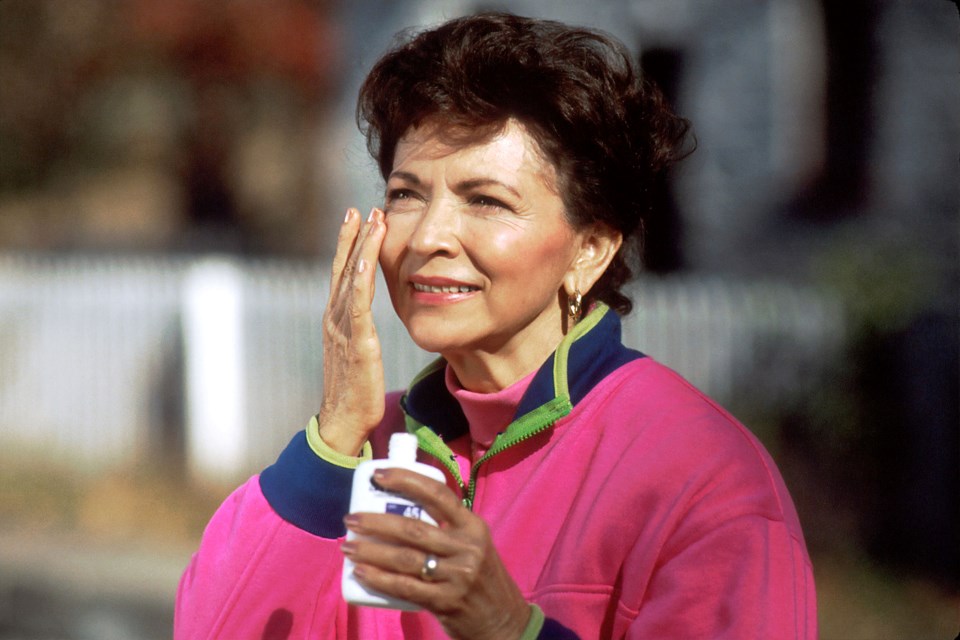According to Alberta Health Services, a sunburn is skin damage caused by ultraviolet (UV) rays from the sun. Typical sunburns cause mild pain and redness and only affect the outer layer of the skin – these are first-degree burns.
The red skin may be painful to touch. These mild sunburns can usually be treated with at-home remedies.
However, if the skin is red, painful, swollen, and blistering, this may mean that deep skin layers and nerve endings have been damaged. This type of sunburn is a second-degree burn and will take longer to heal than first-degree burns.
To care for sunburns, in a press release, AHS suggested placing a cool cloth on the burnt areas or frequent cool showers and/or baths. Soothing lotions, such as aloe vera, may help alleviate pain caused by the burn but should not be applied to blistered skin. Lotion can also help relieve itching when the sunburnt skin begins to peel. Peeling skin is part of the healing process and is natural – there is nothing to be done to prevent peeling.
If the sunburn causes a mild fever and a headache, AHS recommended lying down in a cool and quiet space to reduce the headache. A headache may be caused by a lack of fluids, so drinking lots of fluids before, during, and after spending time in the sun is key.
Anti-inflammatory medicines, such as ibuprofen and naproxen, will reduce pain, swelling, and fever. These medications can be taken as per the instructions on the label.
To protect yourself from the sun, use sunscreen, wear wide-brimmed hats, sunglasses, and loose-fitting, tightly woven clothing that will cover the arms and legs and offer protection from UV rays, according to the AHS press release.
Small blisters caused by second-degree sunburns usually heal on their own and they should not be broken. Individuals with blisters should leave them alone and ensure the blisters are not covered.
If a blister is covered, a loose bandage should be applied, using tape to hold the bandage to the skin but making sure the tape is not touching the blister. The bandage is placed to protect clothing from rubbing against the blister.
AHS recommended to avoid wearing clothes or shoes that may rub or irritate the blister, as well as any activities that may do the same.
A large blister is the size of a nickel or larger and typically heals without problems. Unless a doctor has advised against it, a large blister may be drained.
To do this, AHS said to clean a needle with rubbing alcohol or soap and water and gently puncture the edge of the blister. Press the fluid in the blister toward the puncture hole. Next, AHS said to wash the blister and pat it dry with sterile gauze. Do not remove the skin covering the blister unless it tears, is dirty, or there is pus forming under the skin flap. The flap will help protect the healing skin underneath.
AHS recommended bandaging the blister, with petroleum jelly on the bandage to ensure the covering will not stick to the healing blister. The organization also recommends not using alcohol or iodine on the blister because these may result in a slower healing process.
The bandage covering the blister should be changed every day and when it gets wet or dirty, AHS said. To make the bandage easier to remove, consider soaking it in cool water.
For more help, consult a doctor or call 811.
Seek immediate medical attention if a sunburnt individual has sunken eyes, a dry mouth, is passing little urine, is showing signs of serve dehydration, fever, increased pain, swelling, warmth, and redness to sunburn. Additionally, if there are red streaks leading from the burn or pus is draining.




